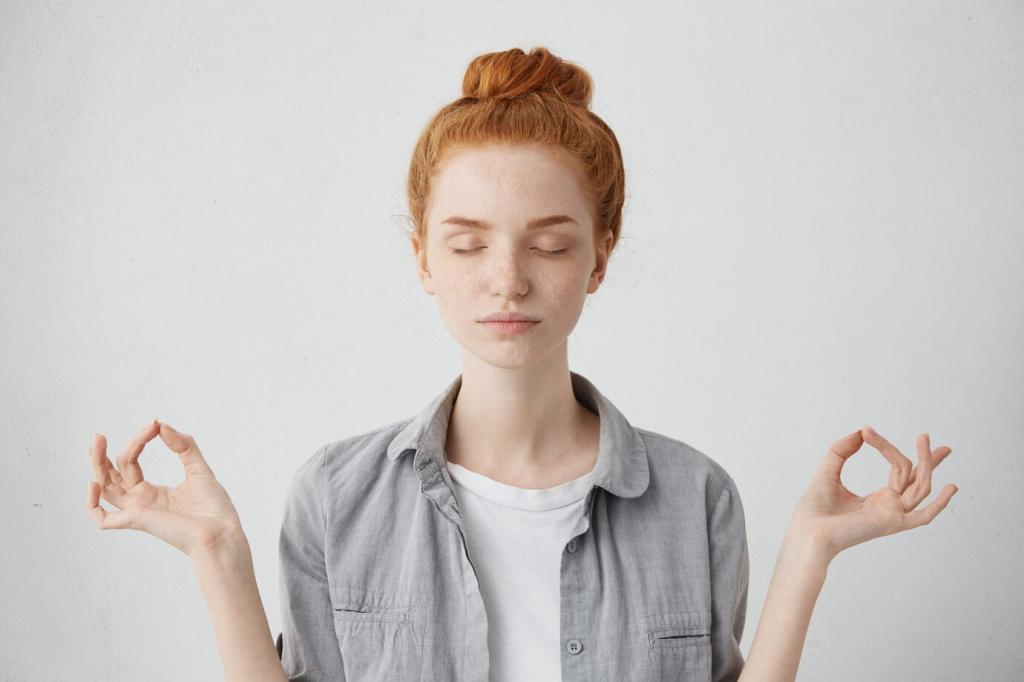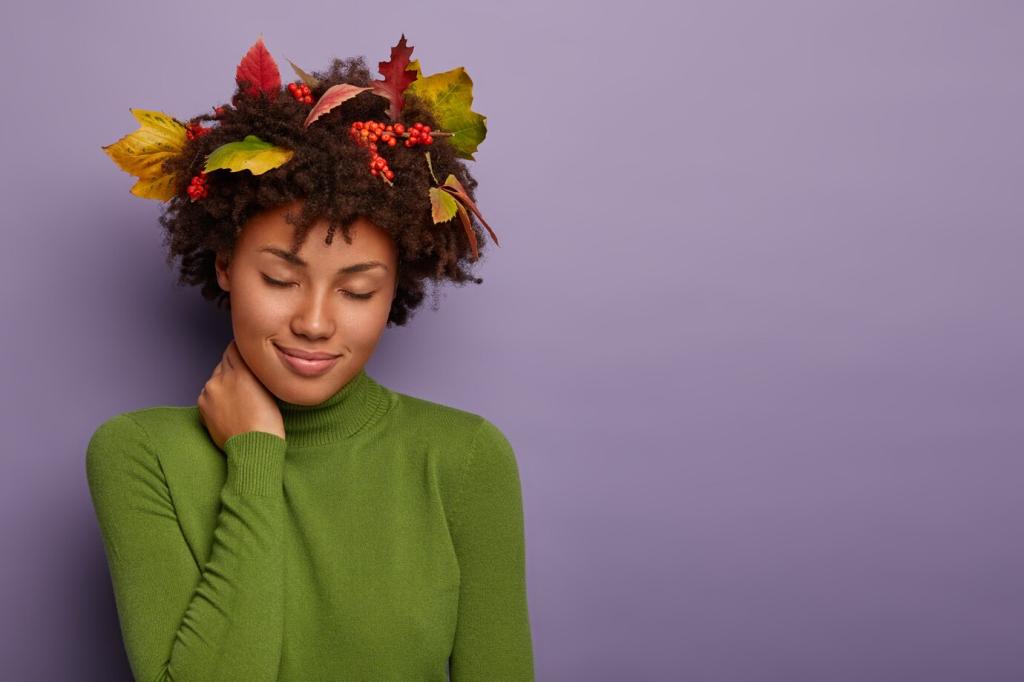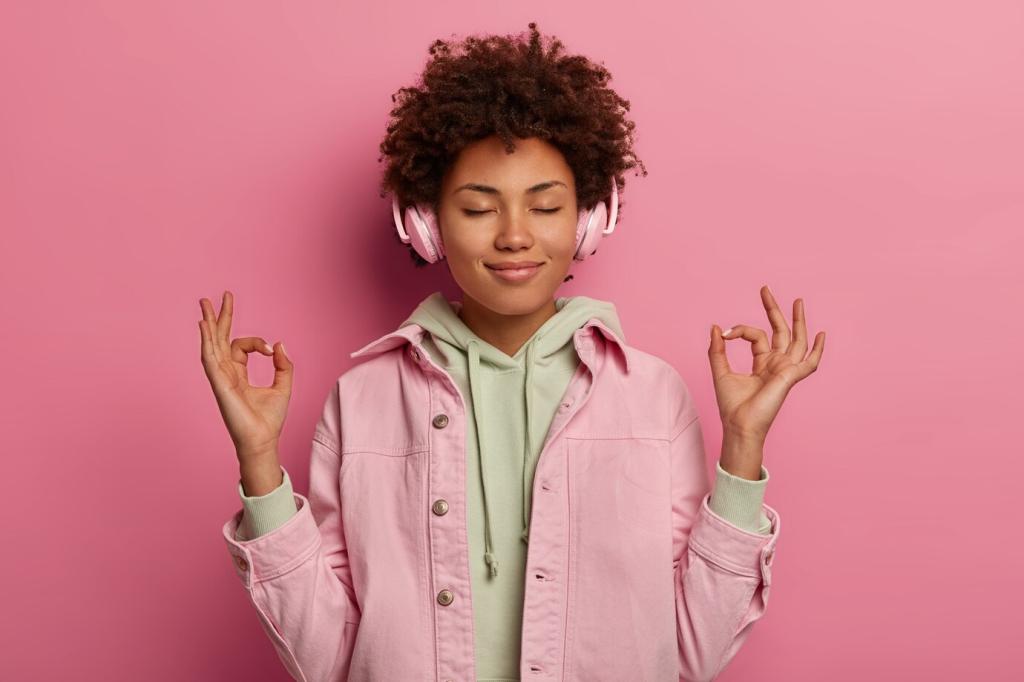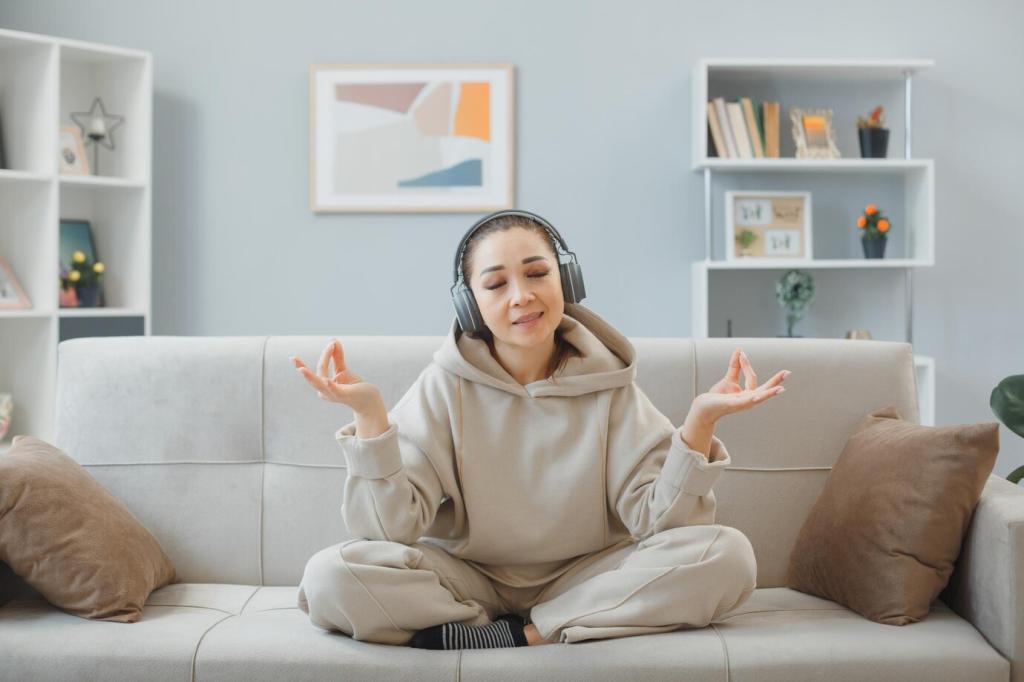Breath as an Anchor in Guided Practice
Inhale four, hold four, exhale four, hold four. A guide keeps timing steady, so your thinking can rest. The gentle geometry calms edges of anxiety and restores clear, balanced perspective.
Breath as an Anchor in Guided Practice
Lengthening the exhale nudges the vagus nerve, favoring calm and digestion. With guidance, you’ll pace comfortably, avoiding strain. Over days, notice how frustration fades faster, like waves settling after an evening tide.










